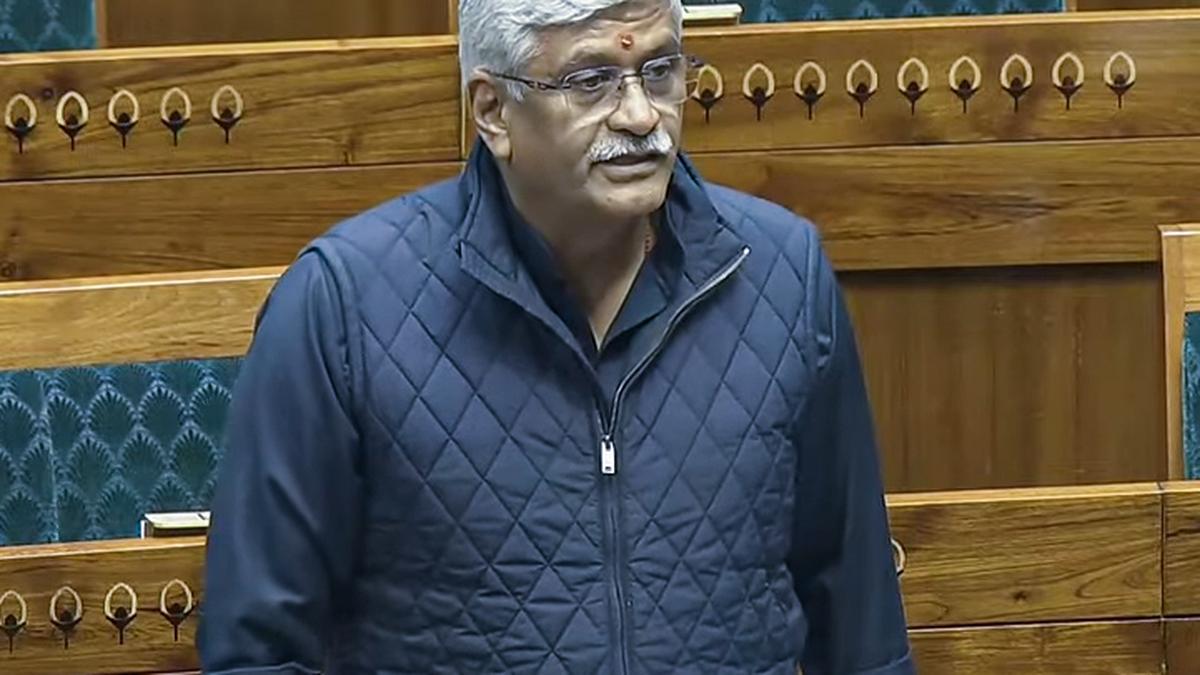Now Reading: Union Culture Ministry Reviews Keeladi Report, Informs Lok Sabha
-
01
Union Culture Ministry Reviews Keeladi Report, Informs Lok Sabha
Union Culture Ministry Reviews Keeladi Report, Informs Lok Sabha

Quick Summary
- The Union Ministry of Culture revealed in the Lok Sabha that the report from the lead archaeologist on the Archaeological Survey of India (ASI) excavation at Keeladi, Tamil Nadu, is “under review.”
- Experts’ comments were shared with lead archaeologist Amarnath Ramakrishna; finalization is ongoing.
- Concerns were raised regarding frequent transfers of the lead archaeologist and their impact on excavation continuity, which was described as a “routine administrative matter” by Union Minister Gajendra Singh Shekhawat.
- The excavations are being conducted under provisions of the Ancient Monuments and Archaeological Sites and Remains Act 1958, with experts’ views being incorporated into findings to ensure scientific accuracy.
- Experts suggested revisions in nomenclature and dating: Period 1 may not align with its current timeframe (8th Century BCE to 5th Century BCE),recommending a pre-300 BCE origin instead. Stratigraphy analysis was highlighted for comparative consistency.
- Observations include reorientation required for village maps, stratigraphy details, cultural periods, drawings/plans/images/graffiti content.
read more: https://www.thehindu.com/theme/images/th-online/1x1_spacer.png
Image Caption: Union Minister of Culture and Tourism Gajendra Singh Shekhawat | Photo Credit: File photo
Indian opinion Analysis
The delay in finalizing ASI’s Keeladi excavation report underscores challenges in achieving scientific consensus on archaeological findings.Accurate calibration using expert recommendations-including revised timeframes-could strengthen validation processes but also highlights complexity in reconciling stratigraphical data. Frequent leadership changes among archaeologists may raise concerns over long-term project continuity; though, categorizing these shifts as routine reassures administrative stability.
This case further stresses balancing federal control while preserving regional heritage identities like Tamil Nadu’s Dravidian pride. Commitment to rigorous scientific methodology offers transparency but might risk politicized perceptions unless stakeholders-from State-level appointees to autonomous panels-are included consistently across time-sensitive projects.























